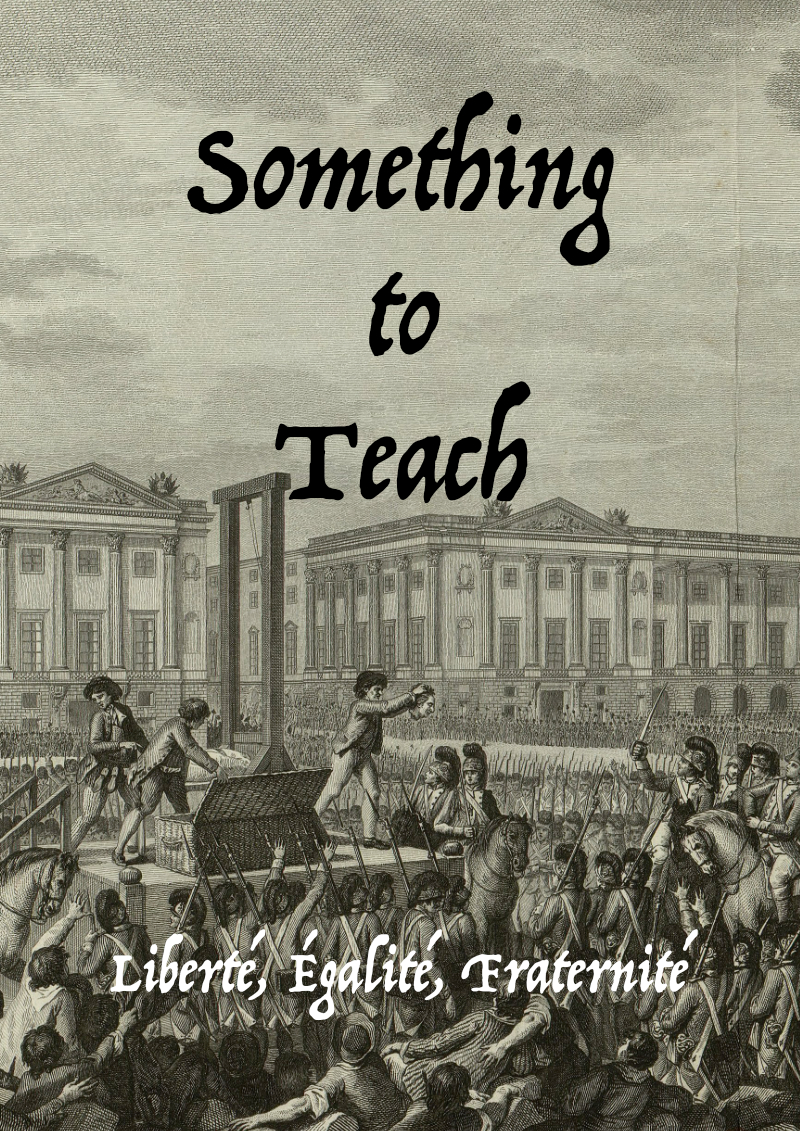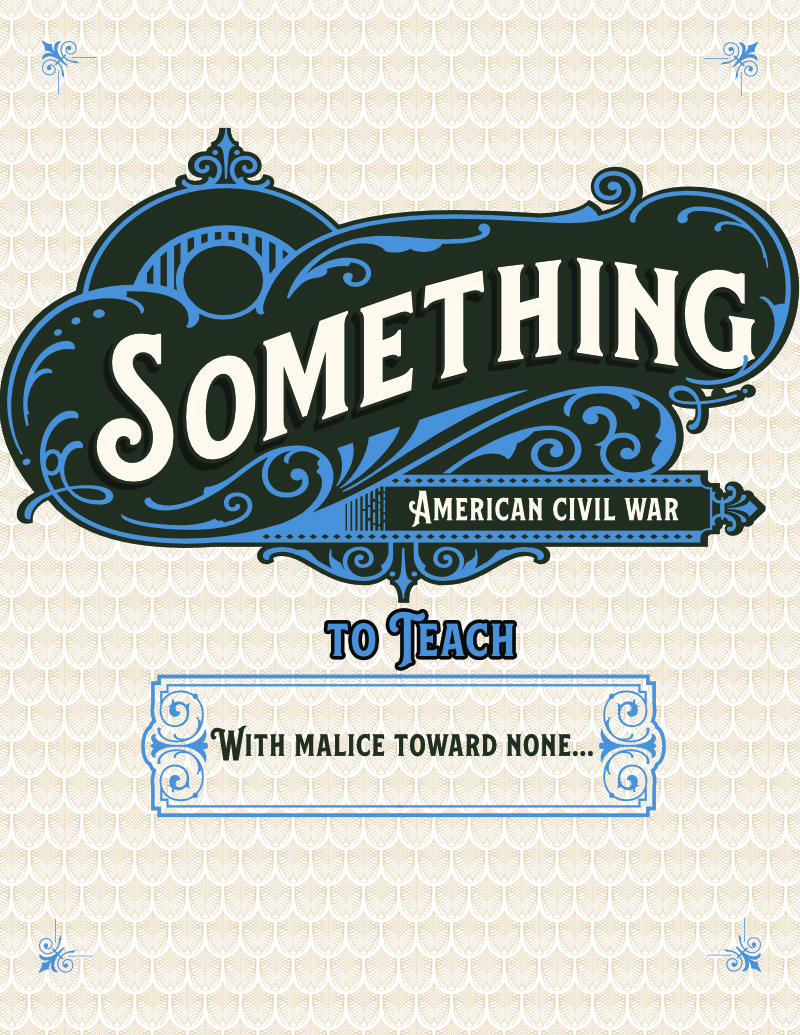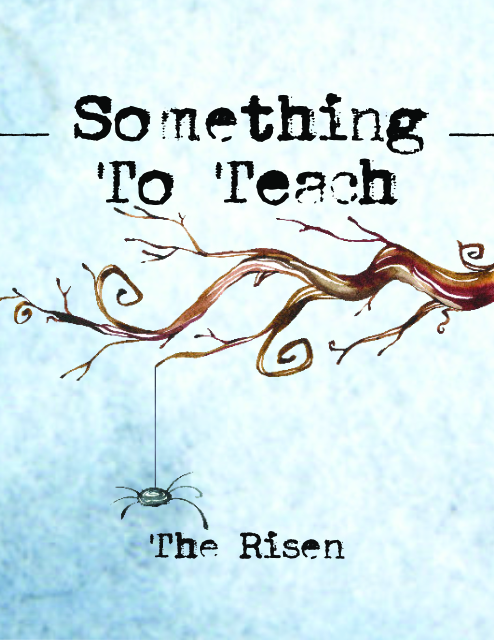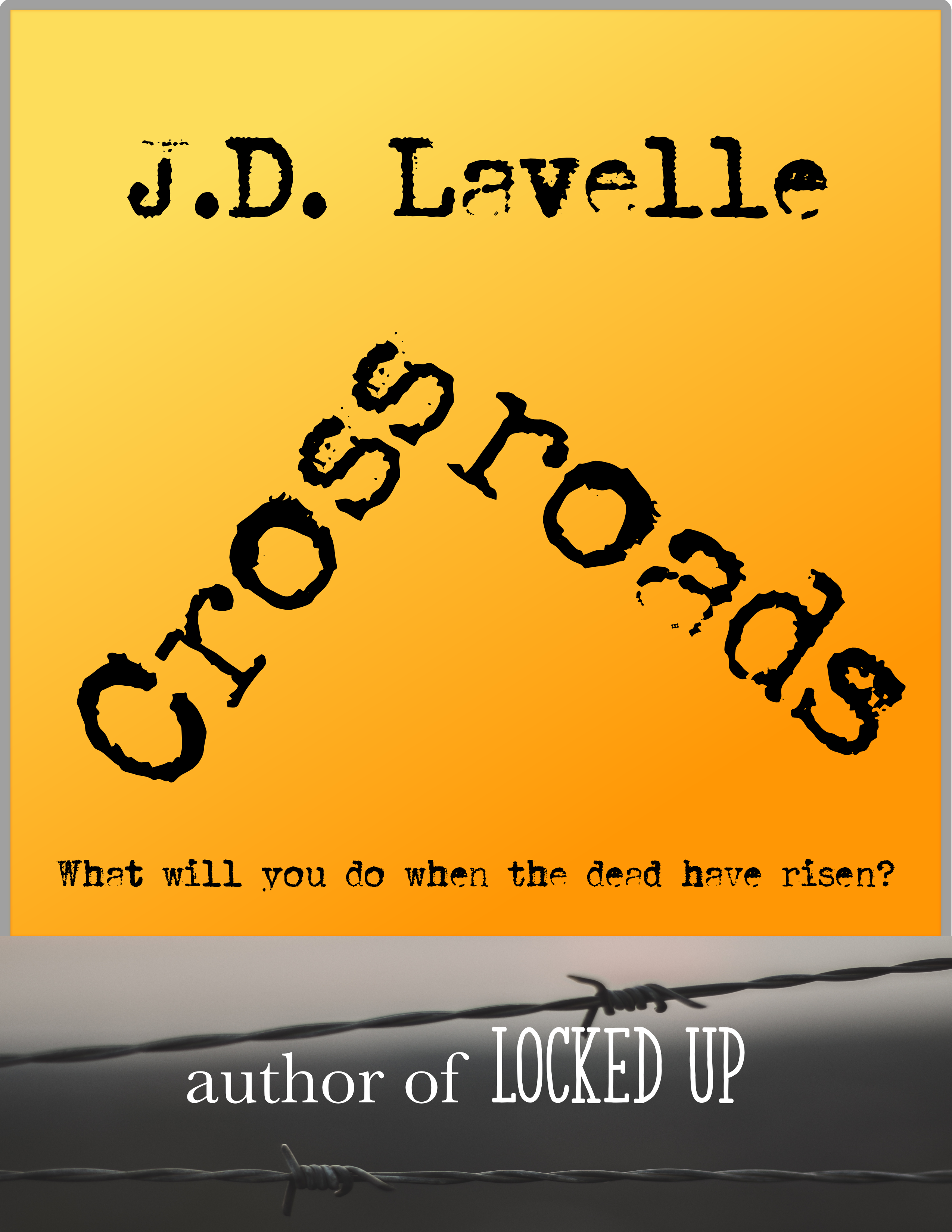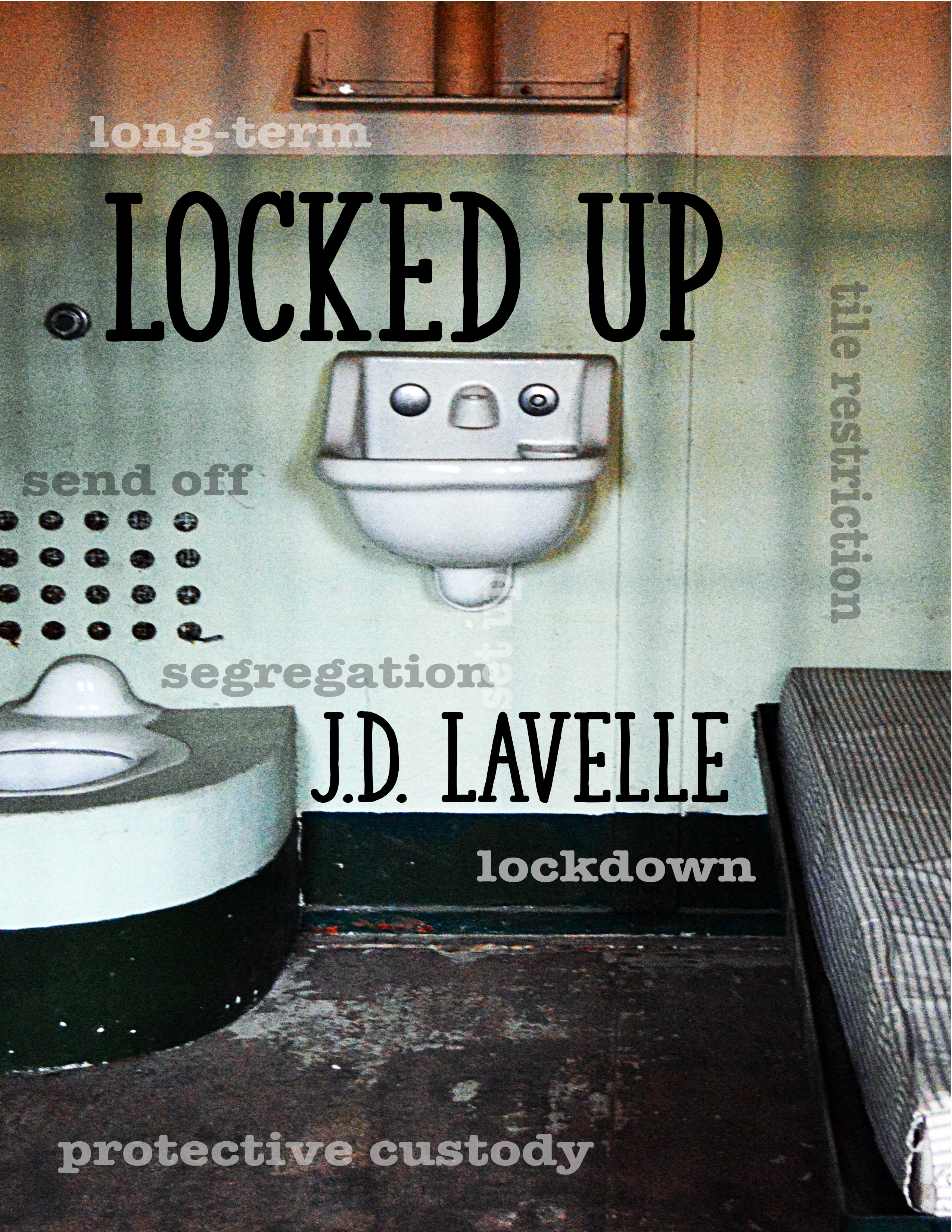School Stuff
“One test of the correctness of educational procedure is the happiness of the child.”
Maria Montessori
Imagine being able to observe classrooms of today, yet remain unseen. Like some Ebenezer Scrooge being escorted through time by the Ghosts of Christmas, invisible to the students and teachers yet able to see and hear the workings of the classroom. What do you think you would see?
Happy children?
Maybe.
The sad reality is that we start losing students in middle school – especially young men. During this time, students are just starting to explore and understand their independence, and it is precisely at this time when we start to impose more structure and allow fewer freedoms in terms of their education. What is the end result?
Most students will do just fine.
Most students understand the expectations placed upon them by their parents, friends, community, etc., and they will conform, grudgingly, to those expectations.
But couldn’t we do better?
Shouldn’t we do better?
Imagine telling a group of students, “Today we are going to read a text with minute attention to detail in order to determine what the text is explicitly saying. In addition, we will make logical inferences from the given text. You will also be citing specific textual evidence in order to support any written or spoken conclusions you may draw from the text.”
How would most react? Eye rolling? Looks of dread? Furtive glances at watches, clocks, and phones in order to see how long their suffering will last? All of the above and more. And yet, this is what happens in classrooms every single day.
Students – all students – need more than just standards. Young people care about people and ideas.
They need big ideas that inspire. Like freedom.
And justice, love, honor, courage, faith, and more.
These are Ideas Worth Teaching. Ideas such as justice, hope, humanity, and ethics are just a few more of the ideas that students should explore. These are not new ideas. They are very old, and they are worth teaching and learning.
And how should we allow students to explore these ideas? Through stories, of course. Tales can transport readers to different worlds. In these new worlds, the possibilities for learning about ideas and ideals are endless.
Instead of driving a stake through the heart of a young person’s will to read, write, and think, students should be given more opportunities to explore the world of ideas through a variety of reading choices.
So where did all of this start? In the classroom. With me. A frustrated teacher faced with frustrated students.
I was frustrated because I could not find suitable reading materials for my students. My students were frustrated because their teacher (me) was asking them to read materials that may have been approved by publishers, curriculum specialists, department chairs, and even other teachers, but in reality these materials were simply not engaging. So what was I going to do about it?
Start writing.
And thus, Something to Teach was born.
Something to Teach is dedicated to providing parents, teachers, and students with something special…Ideas Worth Teaching – and stories worth reading. In short, educational materials that are designed to intrigue, instruct, and inspire.
And…sometimes the reading is the work.
See below for a complete listing of the educational materials found on this site and resources for parents, teachers, and students.
What are these Ideas Worth Teaching?
There are a core set of ideas that students need to explore and understand. First and foremost, is freedom. Always freedom.
The ideas are as follows:
- freedom
- courage
- justice
- mercy
- hope
- humanity
- faith
- love
- ethics
- evil
- honor
- prudence
- wisdom
- music/art
- family
- poetry
To see which stories are linked to the various Ideas Worth Teaching, click on the link below.
Or click on the covers below to find out more about each unit of study.
Liberté, Égalité, Fraternité
Why read stories about the French Revolution?
From Bastille Day to the execution of a king, the French Revolution is a study in bloodshed in the name of a Cause. The most important lesson to be learned is that no cause is worth the sacrifice of one’s humanity.
The American Civil War
Why read stories about the American Civil War?
The American Civil War was a pivotal event in the history of the United States. Historical figures such as Lincoln and Davis and historical events such as the Battle of Gettysburg provide students with the opportunity to learn about Ideas Worth Teaching such as honor, mercy, and faith.
Something to Teach: The Risen and Crossroads are really meant to be read together. In fact, the last short story in The Risen segues directly into the novel Crossroads. Remember, there are no accidents in crime, writing, or teaching.
The short stories are intended to set the stage for the novel. They are smaller pieces of a bigger picture and allow students to experience shorter works before delving into a longer piece of writing.
The Risen
A mysterious plague has struck, leaving the world reeling. Humanity is faced with the unthinkable – a pandemic that strikes without mercy and doesn’t just kill its victims. Instead, those who fall to the mysterious plague are doomed to rise again – as undead zombies.
People must confront their fears in order to save themselves and their loved ones.
Crossroads
Donnie Hathaway has just been released from prison. He’s a free man. The only problem is that freedom can be a pretty scary thing to someone who’s been locked up. And prison might have been a safer place. Safer than a free world that is fast filling up with the risen dead. Donnie must confront his fears and learn to survive…and be free.
Something to Teach: Locked Up and Locked Up are really meant to be read together.
The short stories are intended to set the stage for the novel. They are smaller pieces of a bigger picture and allow students to experience shorter works before delving into a longer piece of writing.
Something to Teach: Locked Up
Why read stories about the juvenile justice system?
Most students are not going to get locked up…ever.
Ever, ever, ever…ever
And that’s a good thing.
However, reading about life on the inside allows students to study an important Idea Worth Teaching.
Freedom.
Locked Up
Brian arrived at Perkensville Juvenile Correctional Facility…and learned a hard lesson before he even set foot inside a cell. Freedom is one of the most precious things to lose. He is faced with learning how to survive on the inside. And more. In addition to losing his freedom, he is faced with unexpected dangers.
Locked Up is the story of one young man coming to terms with life on the inside.
Resources
These resources are for parents, teachers, and students. Anyone interested in teaching and learning.
About Ideas Worth Teaching
The educational materials found herein are organized around two things: history and Ideas Worth Teaching.
Like the idea of freedom.
Why?
What’s so special about ideas?
One afternoon while teaching a social skills class on the inside, I asked my students, “What’s the one thing you want more than anything else?”
After listening to sex, drugs, and rock-n-roll for ten minutes, I asked them, “What do you need in order to get all of these things?”
Nothing. Crickets.
Click on the headline/icon to keep reading.
How to Read a Story
Wait…that’s easy. You just sit down and start reading. You read until you’re finished and that’s all. That’s how you read a story. Right?
Not quite.
Click on the headline/icon to keep reading.
